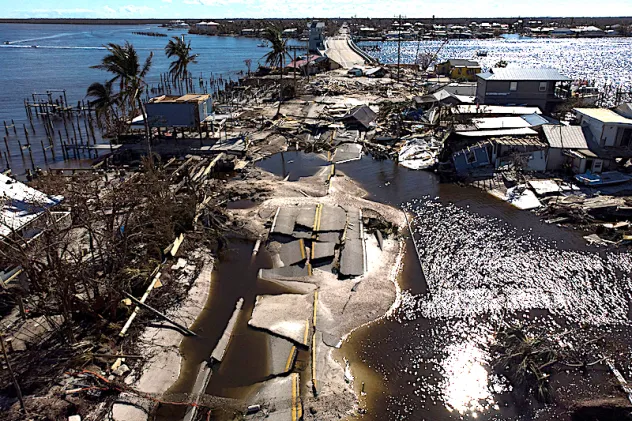By Ryan Bass
In Treasure Island, Fla. — just west of Tampa — residents are still struggling to recover after being hit by back-to-back hurricanes.
Areas off the Gulf of Mexico were hit first by Hurricane Helene, then, a few weeks later, by Hurricane Milton. Now, communities are struggling, with locals packed into hotel rooms that are usually filled with snowbirds this time of year.
Floridians are frustrated with how slow the process has been. The two storms came 13 days apart, and almost two months after Hurricane Helene, damage is still visible.
In one apartment complex, sand is still pushed up in banks against the wall, and a couch that came through one of the windows thanks to a powerful storm surge is still visible.
About 2,000 homes and businesses on Treasure Island alone were impacted by the storms.
One resident told NewsNation she was frustrated by the struggle to get permits for repairs. She and her mother own a number of apartment complexes and have had annual renters back out and vacation bookings canceled all the way through January.
The city of Treasure Island has had more than 700 requests for permits since the storms when it usually manages around 1,600 a year.
For officials at all levels, local, state and federal, it’s been difficult to keep up with demand, and they are asking people to be patient.
“We’ve never had to really do it on this large of a scale, and so the city is figuring out, the states’ figuring it out,” said city spokesperson Jason Biesel. “People are realizing what it means to live on a barrier island to have to go through all this rebuilding process, and so it’s just been a learning experience for everybody.”
Biesel said that it was terrible to see the damage to homes and businesses but asked for people to be patient.
At another hotel, the general manager told NewsNation that 100 percent of the occupancy in the 96-room hotel is due to people who have been displaced in the community.
The Federal Emergency Management Agency is actually picking up the tab for those people through January if needed.
The city has given a rough timeline of summer of 2025 for full recovery in a community that relies heavily on tourism, with an $11 billion dollar impact in Pinellas County alone. Anywhere from 11 to 15 million people come through, and this is usually the time of year when many people winter in the area.
However, with bars, restaurants and hotels too damaged to operate or occupied by those who have been displaced, there are fewer options for snowbirds who would usually come to the area.

